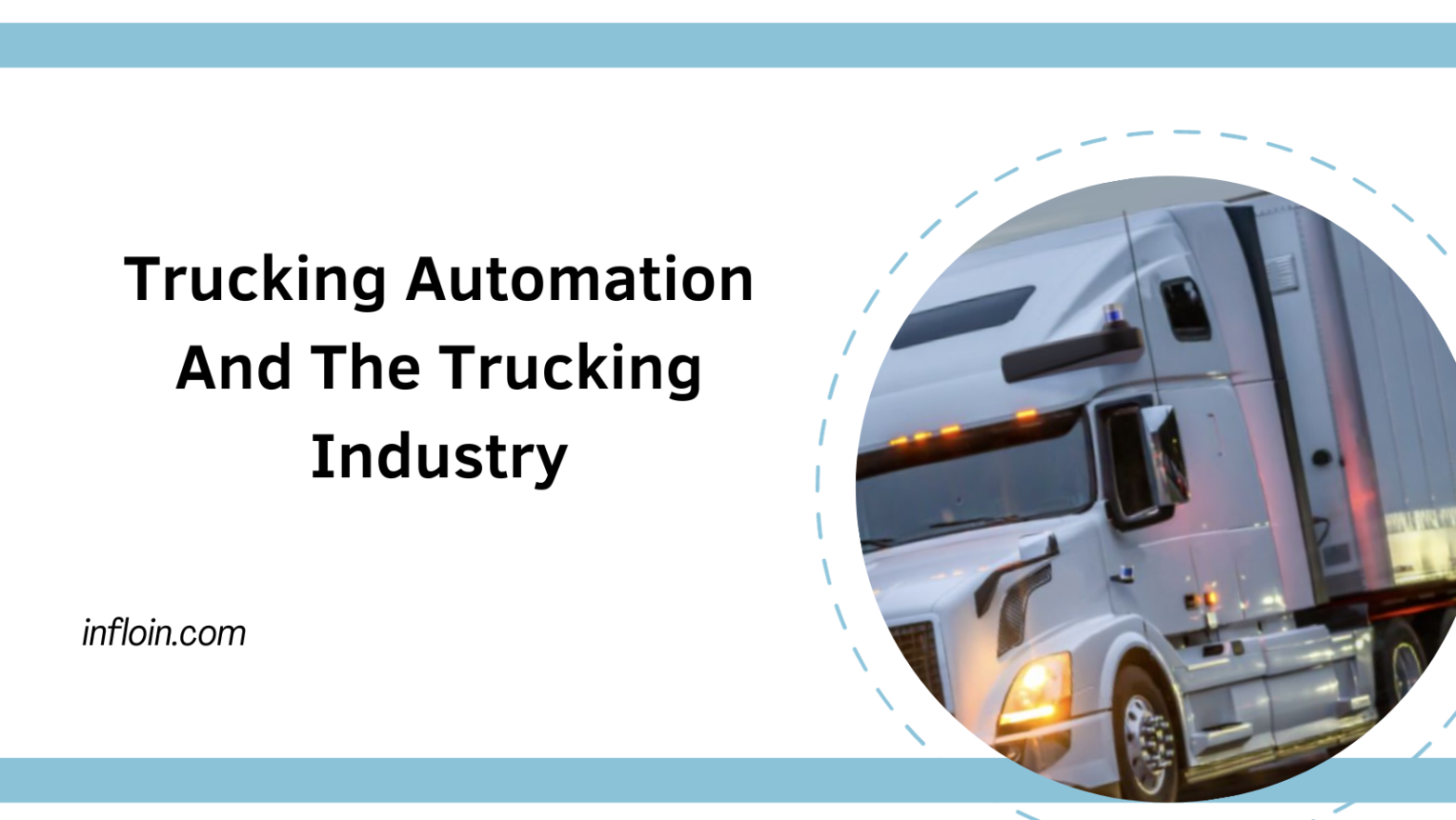Trucking automation – Silicon Valley has set its sights on one of the nation’s most widely practiced occupations – trucking. While automated trucks may take the place of long haul highway drivers in terms of passenger transport, this technology will not replace other positions related to freight shipment and delivery such as technical, operational and logistical support jobs.
Table of Contents
Design
The trucking industry faces many difficulties, one being workforce shortages. Although trucking automation technology cannot replace human drivers completely, it can serve as an important supplement where shortages exist.
For optimal trucking automation system performance, a skilled team must build it. Aim to include experts from software development, AI and robotics as part of your team; work closely with trucking industry members in understanding their concerns and needs to create a robust trucking automation system that meets industry standards and safety regulations.
Ideally, a trucking automation system should communicate with other trucks, infrastructure and traffic management systems in real-time to optimize routes and reduce congestion. Furthermore, the system should adapt to weather changes or any unexpected events to increase efficiency while decreasing downtime – ultimately saving money over time. Lastly, regular maintenance checks and safety reviews must also be carried out.
Sensors
Sensors are an integral component of any trucking automation system, providing remote monitoring and diagnostics, as well as reducing downtime and operational disruptions. They also ensure trucks remain compliant.
Solar load sensors monitor the sun’s intensity to inform drivers when changing conditions arise – for instance, too much heat or cold to efficiently transport goods – thus helping avoid costly spoilages in transport which cost industries billions every year.
Trucking automation systems use sensors designed to collect real-time information about a truck’s environment and performance before analyzing this information to decide on their next course of action. Furthermore, alerting drivers when an issue arises so that they may take necessary measures.
Automation will increase both safety and efficiency by eliminating human error – the primary cause of trucking accidents. Furthermore, automation reduces labor needs – currently representing 40% of costs related to trucking – as well as HOS regulations which mandate breaks between shifts for drivers.
AI
While the trucking industry may not yet be ready for fully autonomous vehicles, AI technology has already been implemented into numerous aspects of operations. AI helps streamline logistics, find alternate routes and track shipments using blockchain tech – among many other uses.
AI can reduce fuel consumption by analyzing data and determining the ideal route for each load, informing drivers of faster alternative routes that avoid weather conditions or road closures, saving both time and money while increasing customer satisfaction. This saves both efficiency and customer loyalty.
Trucking automation can also boost efficiency by streamlining load matching. AI-enabled apps can automatically match loads with trucks, shortening time and resources required for shipment completion. Furthermore, these apps monitor battery status to prevent overcharging thereby prolonging vehicle lifespan.
Artificial intelligence (AI) in trucking logistics and transportation has transformed logistics and transportation, making operations more sustainable while improving efficiencies. Unfortunately, AI technology doesn’t come cheap, which may put strain on savings margins. To mitigate its effect on savings margins and expenses today, consider teaming up with a freight factoring company for instant access to working capital for fuel, insurance, repairs, equipment replacement and any other operational expenses today.
Testing
While constructing a trucking automation system, make safety your primary focus. Use sensors to gather data, as well as safeguards that enable human operators to take back control in case the system misbehaves – this redundancy builds trust and enhances safety.
As part of your solution, it is also necessary to develop intuitive interfaces that enable truck drivers to monitor and intervene as necessary, making the transition from manual to automated driving smooth and seamless – this way it becomes easier to attract truck drivers and ease any effects of driver shortage.
GAO interviewed several key stakeholders regarding trucking automation who projected two main scenarios for its future use. Technology developers foresaw that automated trucks would become popularly used on highway portions of long haul trips, which would reduce job opportunities among drivers or operators positions significantly; yet some companies planned on keeping human drivers for complex driving or nondriving tasks.
One option for improving efficiency and lowering costs is using a hybrid system, in which an automated truck drives on highway segments while human pilots take control on local streets. This approach keeps costs low while increasing efficiency and decreasing accidents.
Collaboration
An effective trucking automation system must be designed and tested by an experienced team, taking considerable time and resources. This process ensures your system meets industry needs while providing value, as well as making improvements as required. Safety should always remain the top priority, with failsafe mechanisms installed into automated vehicles to allow them to hand control back over to human drivers in critical situations.
Automation of truck convoys can be an incredible asset to logistics and supply chains, helping reduce traffic congestion while improving lane usage and fuel efficiency, protecting valuable cargo from theft and speeding delivery times while saving business owners revenue from damaged products or recalls.
Long-haul drivers needn’t fear the future of trucking automation as much as it might appear gloomy; rather, most job tasks that can be automated won’t replace truck drivers but instead augment them with more effective technology.


